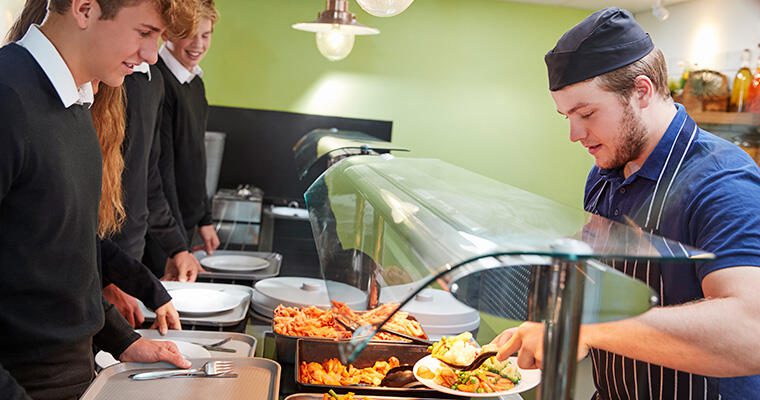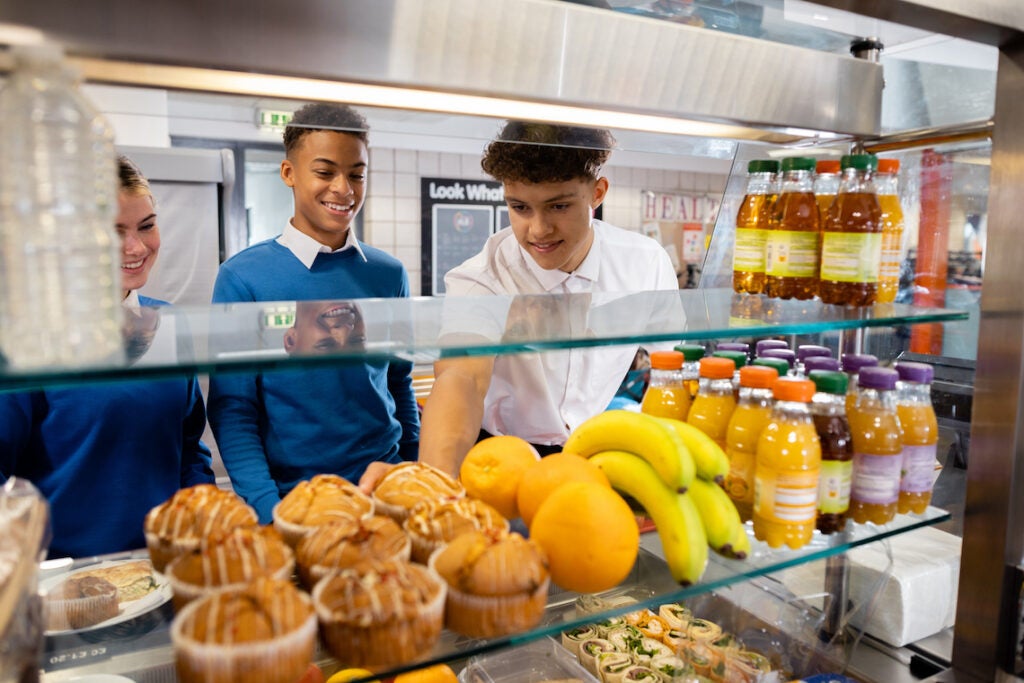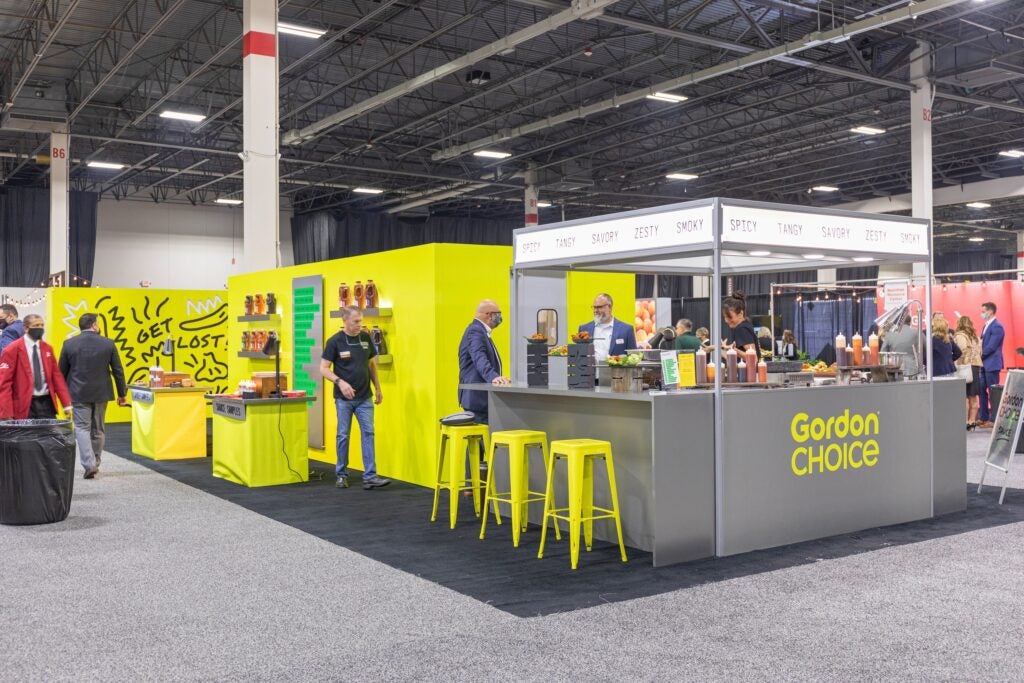Every school meal program has a brand and a unique personality. It tells a story and conjures unique thoughts, perceptions, and images that set it apart from other food options, which influences how consumers perceive and interact with it.
What story are you telling with your meal program? What personality are you projecting?
“The stories we tell literally make the world. If you want to change the world, you need to change your story.” – Michael Margolis
Whether that story is or isn’t accurate and/or the one you want to be telling, it’s powerful and can be either adding to or taking away value from your program and connections with your community. If your community doesn’t know about the positive aspects of your program, your brand story may not resonate. This guide highlights key strategies to enhance your meal program’s value and build stronger connections with your community and school’s lunchroom.

Related Content
Expert Advice Tailored For Your Kitchen
From navigating new nutritional guidelines to implementing cost-effective strategies, running a school foodservice program is challenging. Our resources provide expert advice and practical solutions to help you thrive.
Step 1: Define Your Brand
Your story starts with your brand. Start by identifying what sets your program apart. Ask these questions:
- Who is your audience, and what are their expectations?
- What do they love about your program? What needs improvement?
- What unique qualities can your program offer—i.e., local sourcing, scratch cooking, or environmental awareness?
Based on the answers, decide what is most important to your program, what aligns with your community’s needs, and what’s achievable (in the long- and short-term), and build this into your brand promise.
Target the easy wins that most appeal to your community first and start making long-range plans to tackle the distant wins.
Step 2: Flaunt Innovation
Sabrina Bilski of Valders Area School District built a brand centered on fresh and local. This was achieved by catering to her students’ interest in knowing where their food came from and aligning it with her and her team’s interest in nutrition and fresh produce.
They grow their own produce with the hydroponic Fork Farms growing systems, as well as sourcing from their on-site greenhouse, maintained in joint partnership with the school agriculture program. When she isn’t able to grow her own, she gets local items from her food distributor.
Stacy Lenihan of Glenview School District 34 started emphasizing scratch cooking by training her team in hands-on techniques such as baking and knife skills. It’s built confidence and buy-in from her team. Their first initial trial run recipe led them to discover the ease and fulfillment of mixing wholesome ingredients like eggs, flour, and cornmeal, which created wafting aromas of fresh-baked, golden cornbread throughout the school. The experience created excitement and sparked a new appreciation for fresh, wholesome meals and started proving that scratch-cooking can be a game-changer for the school meal program.
Step 3: Market Your Program by Sharing Your Story
Share your story with effective marketing school meals to intensify your culture, build brand awareness, and create trust in your program.
Choose strategies that work for your capabilities and audience:
- Conventional methods: Use flyers, newsletters, or menu board signage.
- Event-based promotion: Host recipe contests or offer samples at school events.
- Social media: Platforms like Facebook and Instagram are excellent for sharing photos, highlighting specials, and celebrating your program’s successes.
The most effective content creates connection by appealing to emotion, so use storytelling, pictures, and personal experiences to effectively resonate with audiences. Demonstrate that you understand what they feel and need. For example, use images of your food that show “fresh, nutritious meals that your child will eat,” and market to parents. Or for students, showcase “fresh and flavorful meals that you can enjoy with your friends!”
Step 4: Measure Success and Impact
The successful marketing school meals at Valders assisted in creating excitement, appreciation, and acceptance for vegetable dishes, so much so that it created unexpected effects. Sabrina excitedly noted “any and all roasted vegetable dishes, such as roasted broccoli or brussels sprouts with Parmesan cheese…[we] would run out!”, and they had to adjust future production to increase the amount purchased and prepared. She wants to take advantage of the opportunity and continue expanding the roasted vegetables in other dishes, such as roasted vegetable-based pasta salads.
Perhaps one of the greatest testaments to building a program and brand that is unique and tailored to your specific team and community is the job satisfaction it provides your staff. Stacy found that her program led to increased job satisfaction and led to reduced turnover. Her team is passionate about feeding kids and her new program changes have created stronger connections and a more special school meal experience.

Related Content
How to Create a Healthy School Foodservice Program
Healthy eating begins with educating students about the impact of food on their overall well-being.
Start Building a Better School Food Program Today
Everyone deserves to have each meal experience brighten their day. How will you do this for your students? Create a brand that resonates by properly marketing school meals. Innovate. And tell your story. In doing so, you’ll not only better meet the needs of your students and families, you’ll also increase job satisfaction and the connection with your community.
And when it comes to running your foodservice program effectively, we want to help. Discover how our team of experts is geared up to assist you at the table and beyond.
Not yet a customer but interested in getting started? We would love to help! Get started today!











